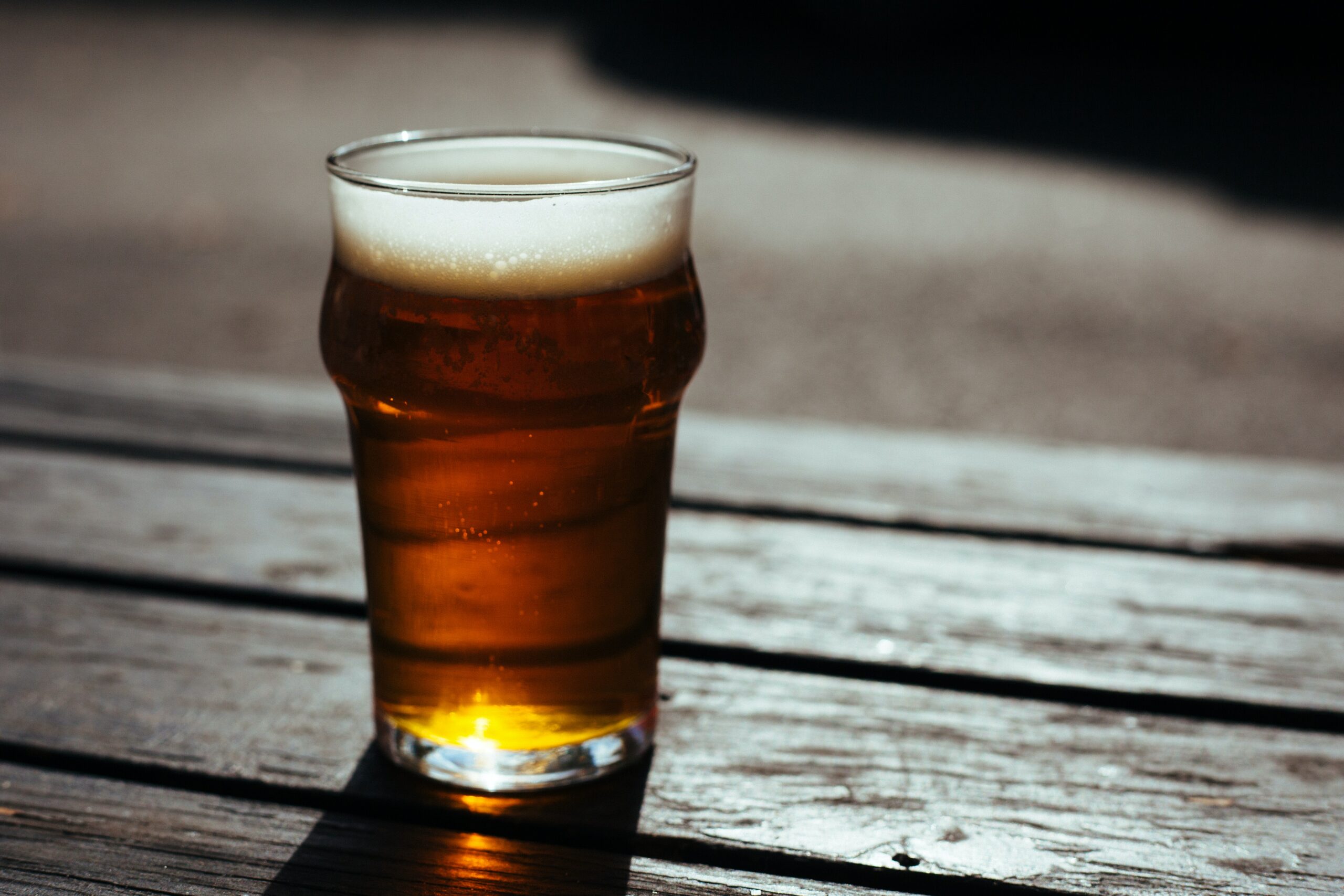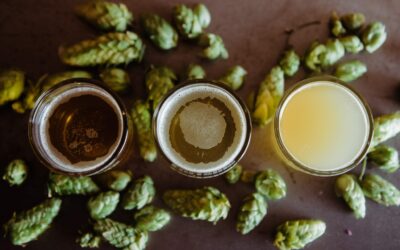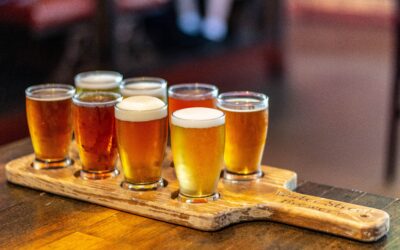Back in 1975 the number of ales produced worldwide by commercial brewers was between five and ten thousand. Today, there is somewhere between a quarter and half a million. Ale brewing is where the craft beer revolution happened.
To a significant extent the ‘new’ types of beer that have stood the test of time since first capturing beer drinkers’ collective imagination, represent a return to brewing as normal, from before the era of Prohibition and the First World War, assisted by improved technology and better ingredients.
The array of ales in current production is so huge that making sense of it, is challenging. Any system for doing so must account for the style’s colour, which might technically be White, Blond, Golden, Pale, Amber, Red, Brown, or Black, say, though many styles come in several colours. Equally various style clusters need to be acknowledged, e.g. Pale Ales & IPAs, Porters & Stouts, Barley Wines & Strong Ales, and so on – though these can overlap confusingly at the margins. Finally, to a European in particular, the idea of organising by country of origin has a certain appeal, though national borders vary over time, and the historical origins of a country rarely coincide with its current national identity.
Instead, for now at least, although our listing acknowledges colour, type and origins, the top-level breakdown of the ales category divides them into three main clusters, defined primarily by alcohol content. We have called these Session-, Sampling-, and Sipping-strength, decided by intent rather than arbitrary percentages of ABV. In other words we have defined the type of beer based on how it is used. This way, we hope to have brought a more orderly approach to the subject than it may deserve.
No Results Found
The page you requested could not be found. Try refining your search, or use the navigation above to locate the post.





